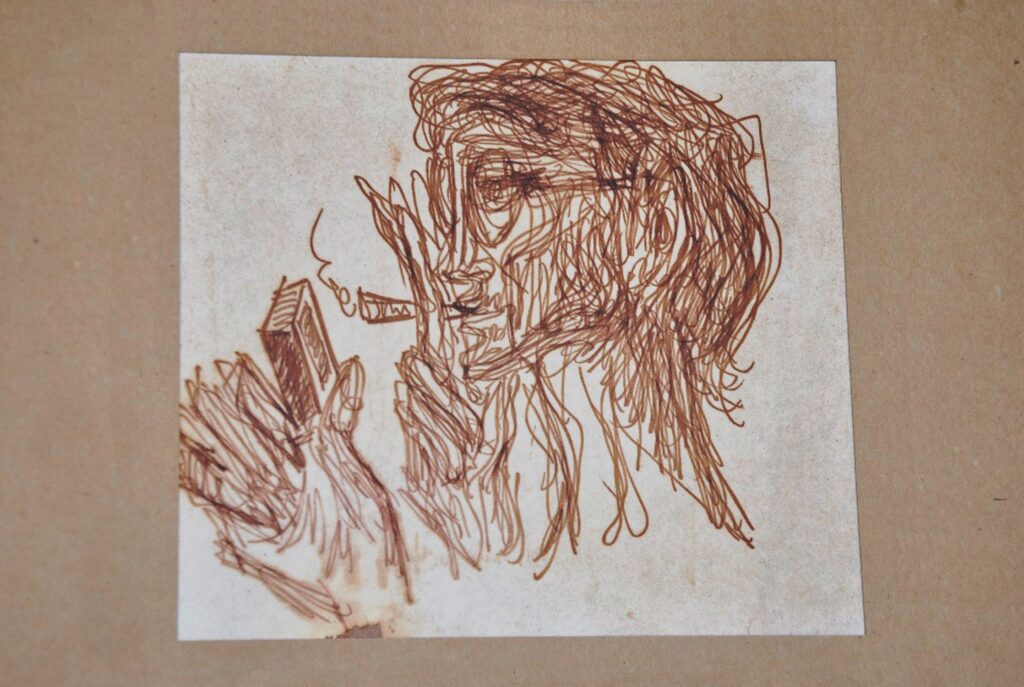
“I am temperamentally a nomad,” Sadequain once stated in an interview. The self-taught calligrapher and painter from Amroha – often referred to as the subcontinent’s Picasso – would not only physically travel from city to city, absorbing the landscape and infusing it into his work, but also refused to be restricted to the walls of a gallery. As a result, his work can be seen everywhere: on large murals, mounted in houses, schools, banks and offices, on paper, canvas, hardwood panels, marble and vellum. He would gift a work of art to anyone he took a liking to and would rarely be seen without his sketch pad, pencil, crayon and beeri in hand. Just 57 when he died (virtually penniless, it is said), Sadequain left behind a towering legacy and a huge volume of work, much of it unsigned and unseen by the public eye.
On May 16-17, the Pearl Continental hotel in Karachi hosted some of these previously unseen works from the private collection of Sadequain’s nephew, Sultan Ahmed Naqvi. The exhibition featured the oldest Sadequain work ever exhibited (a side self-portrait in pen and ink from 1942) to the last portrait he made (a sketch of his grand niece, Fatima Zehra, from 1986) a few months before his death. Out of the 31 pieces, 22 are of members of Sadequain’s family while the rest are of family friends, community elders or strangers he met during his travels. There are also a handful of self portraits and studies.
Sadequain experimented with various styles throughout his artistic career – the cacti inspired series he made in Gadani or the muted hues he discovered in Paris – until he mastered the distinct style for which he is renowned: broad, jagged, calligraphic strokes, the subjects painted in an impressionistic, distorted manner, the recurring beheaded John the Baptist inspired figures.
In this exhibition, however, we see a completely different side to the artist. The majority of portraits – made in pen and ink, charcoal, pencil and marker on paper and cloth – are realistic. “[The collection] is indeed unique; these are works from his private moments when he would indulge himself and slip into another mode,” says Sibtain Naqvi, one of Sadequain’s grand nephews. “The world knows and appreciates [his] versatility, but there are some aspects that the world is still not fully aware of. He was a master of surreal renderings of the human form, but was equally good at capturing realistic portraits. Beyond the murals, the poetic illustrations and calligraphy, there is another Sadequain: an artist who created portraits of astonishing vitality and life.”
The exhibition provides an insight into Sadequain’s metamorphosis as an artist, his state of mind at various stages in his life and the process of creating and recreating his own identity. For example, in Figure Two, Sadequain draws a series of self-portraits as a young man in 1948. Unsure pencil lines form a gaunt, young man, but with the familiar thick-framed glasses and sharp features of the artist. In the wake of Partition and the birth of a new nation struggling to find its place in the world, the artist here is similarly experimenting with how to present himself, to find his voice and place amongst the uncertainty of a new land.
This article was published in the Herald on May 27, 2016. Read more here.